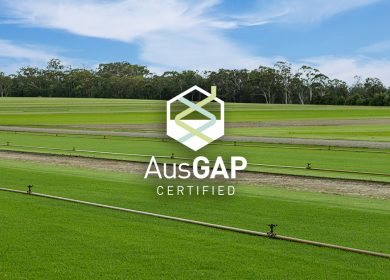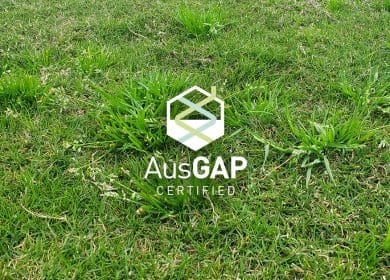
Environments can shape human behaviour; beyond the aesthetic appeal of greenspaces, they can offer varying psychological benefits. Global urbanisation has led to high density housing with a larger need for greenspaces to engage with as they play a pivotal role in individual and community health. Greenspaces encourage social interactions, enhance cognitive function, and improve physical health, these elements combined provide psychological benefits for those who interact with these spaces.
Social interaction
Turfed greenspaces serve as a communal meeting ground, encouraging social interaction and community engagement. Whether it’s a park, a sports field, or a recreational area, greenspaces provide a shared environment where people of all ages and backgrounds can come together to connect, communicate, and collaborate. The presence of greenspaces creates opportunities for a diverse range of outdoor social functions, from picnics and barbecues to sports games and community events. These activities promote a sense of belongingness and social inclusion, as individuals gather to share experiences, exchange ideas, and forge meaningful connections with others. Moreover, the social benefits of greenspaces extend beyond mere socialisation, they also contribute to the emotional development and wellbeing of individuals.
Mental health and greenspaces
Global urbanisation has reduced access to and engagement with greenspace. However, there is evidence supporting a positive and engaged relationship between greenspaces and improved mental health and wellbeing. Individuals experience less mental distress, less anxiety and depression, greater wellbeing and improved cortisol levels when living in urban areas with more greenspace compared to less greenspace, even when controlling for socioeconomic status (Maas et al, 2009). These mental health and psychological benefits were especially evident during the COVID-19 pandemic, where individuals who has access to parks and greenspaces better health outcomes and a heightened ability to cope (Larson and Hipp, 2022).
Environments shape behaviours
Greenspaces and natural environments can promote positive psychological experiences and physical activity, this then promotes psychological wellbeing. In a study reviewing physical activity in natural environments compared to other environments, people who used the natural environment for physical activity as least once per week have about half the risk of poor mental health compared with those who do not do so (Mitchell et al, 2013). These greenspaces provide a variety of ecosystem services by improving air quality, regulating temperature, and reducing noise pollution, all of which impact our health as well.
With the current costs of mental health worldwide and the rise in global urbanisation it is important to incorporate greenspace into the design of buildings, homes, and communities. To create shared spaces which facilitate interaction, foster wellbeing, increase opportunities for exercise and overall improve psychological wellbeing, they will impact the quality of life of individuals and communities. Greenspaces should be recognised as important resources, providing enrichment for all those who interact with these spaces.
References:
Maas, J., Verheij, R. A., De Vries, S., et al. (2009) Morbidity is related to a green living environment. Journal of Epidemiology and Community Health, 63, 967–973. https://pubmed.ncbi.nlm.nih.gov/19833605/
Mitchell, R. (2013) Is physical activity in natural environments better for mental health than physical activity in other environments? Social Science and Medicine, 91, 130–134. https://pubmed.ncbi.nlm.nih.gov/22705180/
Larson, L. R., & Hipp, J. A. (2022). Nature-based Pathways to Health Promotion: The Value of Parks and Greenspace. North Carolina medical journal, 83(2), 99–102. https://doi.org/10.18043/ncm.83.2.99


